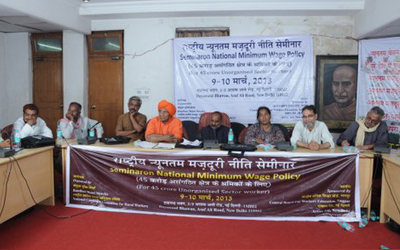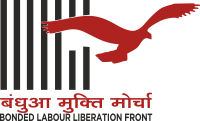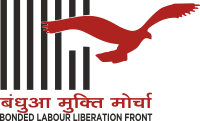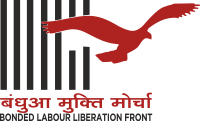National Minimum Wage
National Minimum Wage


The Minimum Wages Act, 1948, suffers from an infirmity that the law does not define ‘Minimum wages’, much less it spells out the elements or ingredients of a minimum wage. It is for this reason that minimum wages as now fixed or revised by the appropriate governments are pegged so low as not to satisfy even the poverty line criteria. This has led to a situation in which ‘poverty line’ has become, according to some opinions, the basis or the criterion for fixing minimum wages under the Act.
This is despite the fact that the 15th Indian Labour Conference had, way back in 1957, not merely spelt out the norms of what has now become well known as Need Based Minimum Wage, but has also laid down that these norms should guide all wage fixing authorities including minimum wage committees, wage boards, adjudicators, etc. A catena of decisions of the Supreme Court of India, over a long period of time, ending with the latest decision in the Raptakos Brett case, has laid down the law on the subject. In the last case, the Supreme Court of India added one additional norm, viz., "(iv) Children’s education, medical requirement, minimum recreation including festivals, ceremonies and provision for old age, marriages etc. should constitute 25% of the total minimum wage." The court also stressed that the wage structure, which approximately answers all the components, is nothing more than a minimum wage at subsistence level.
Therefore, the demand for fixing criteria or norms for determining the minimum wage under the Act must be for the Need Based Minimum Wages, as enlarged in the Raptakos Brett case. Even this is a long way from the ‘Living Wage’ which is what Article 43 as the Constitution of India mandates.


